
Palmar Fasciectomy
Expert Hand Surgeons in Orange County, CA
A Palmar Fasciectomy is a surgical procedure used to divide or remove the thickened tissue in the palm of your hand or fingers with the goal of treating Dupuytren’s disease. Your hand surgeon at Newport Orthopedic Institute will discuss treatment options with you to determine if this is the right treatment for your condition.
What Is Dupuytren’s Contracture?
Dupuytren’s disease is a hand deformity that develops over years. This condition causes the fibrous layer of connective tissue that lies just underneath the skin in your palm and fingers, called the fascia, to thicken and tighten. The affected finger(s) will be pulled in towards your palm flexed or curled up, making it more challenging to use the hands for certain fine motor skills, like holding a pencil and putting your hands in your pocket. If the disease progresses slowly, causing no pain and has little impact on your ability to use your hands to perform daily tasks, you may not need treatment. However, this condition tends to progress over time and may require one of these two Dupuytren’s procedures.
What Is Palmar Fasciectomy?
A palmar fasciectomy, or Dupuytren’s fasciectomy, is typically an outpatient procedure performed under general or regional anesthetic. A board-certified orthopedic hand surgeon will make an incision in your hand and will remove all or part of the thin sheet of connective tissue in the hand (the palmar fascia) beneath the palm-side of the hands. The surgeon removes the diseased tissue through several types of incisions and separates it from nearby tendons, nerves, and digitals arteries. This will allow the fingers to move more naturally. The operation may be partial or total fasciectomy, depending on how much abnormal tissue is removed in the affected hand. The procedure is done by making an incision to expose the palmar fascia and then once the diseased tissue that causes the fingers to flex is removed, your doctor will wrap the treated hand with gauze. Sometimes, more than one finger needs treatment, but usually, this procedure is done on an outpatient basis so you can go home the same day as the surgery.
There are four types of fasciectomy procedures depending on the severity of the case, they include:
- Enzymatic Fasciectomy (Xiaflex): This nonsurgical but still procedure-based approach uses a chemical enzyme (collagenase – Xiaflex) to dissolve a portion of the diseased palmar fascia (cord) that is causing a finger contracture. It is a two day approach where day one, the cord is injected. The subsequent day, the hand is numbed and the finger is pulled straight in order to rupture the cord and leading to a straighter finger. The benefits of this nonsurgical approach are that it requires less rehabilitation. Recurrence rate is on average 3-5 years. However, not everyone is a good candidate for this procedure.
- Segmental Fasciectomy: A Short segment of the cord is removed through one or more small incisions along the joint creases. The benefit of this approach is that it is less surgery overall and easier rehabilitation process. Recurrence rates are around 3 years.
- Regional or Subtotal Fasciectomy: Nearly all of the diseased fascia is removed along the affected fingers. This involves excising only the fascia that is diseased or affected. In the palm, this includes the pretendinous cords and part of the natatory ligaments. In the finger, the diseased fascia is called spiral and retrovascular cords. The goal of this procedure is to remove as much damaged tissue as safely as possible to prolong the time for regrowth and possible reoccurrence. Recurrence rate is on average 7-10 years.
- Dermofasciectomy: This more aggressive approach is usually reserved for possible recurrent Dupuytrens disease or a more significant, initial involvement. This procedure involves not only excising the diseased palmar fascia, but also excising some of the overlying skin. This approach often necessitates skin grafting from a donor site.
A palmar fasciectomy is used to treat more severe cases of Dupuytren’s Contracture. It is more effective than a needle fasciotomy (or needle aponeurectomy) in the long term, and that is why the hand surgeons at Newport Orthopedic Institute no longer offer that procedure. A fasciectomy is considered to be an invasive surgery and can take weeks to months of hand therapy to heal. Hand therapy will usually be required and prescribed by your orthopedic hand surgeon. The purpose of hand therapy is to help you with exercises and movements that will restore function and movement of your fingers and hands.
Schedule a consultation with a Newport Orthopedic Institute orthopedic hand surgeon for palmar fasciectomy in Orange County by calling (949) 722-7038.

Where we provide Palmar Fasciectomy Services
-
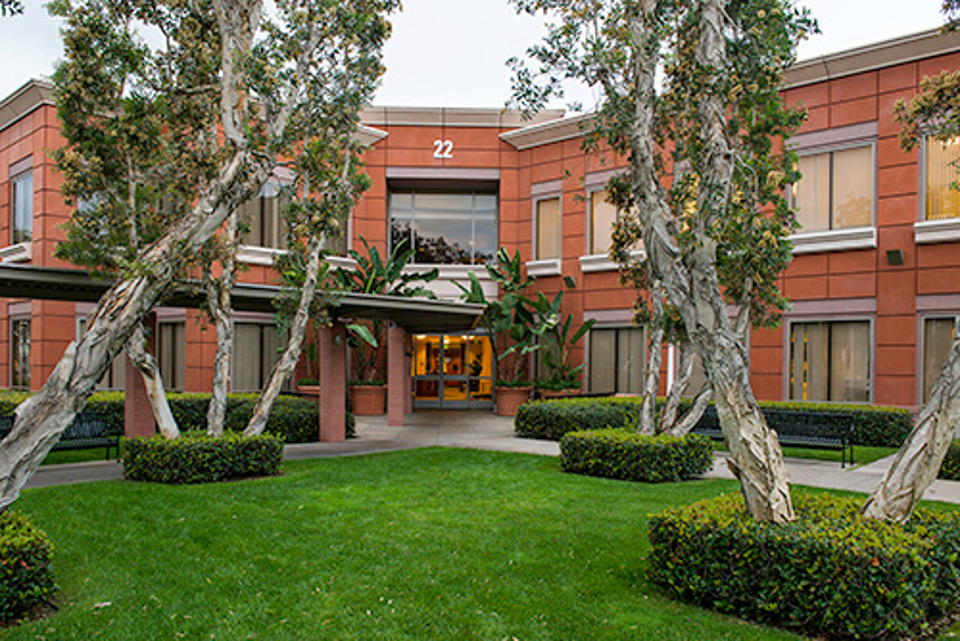 Hoag Orthopedic Institute Surgery Center - Newport Beach Hospitals & Surgery Centers 22 Corporate Plaza, Suite 150
Hoag Orthopedic Institute Surgery Center - Newport Beach Hospitals & Surgery Centers 22 Corporate Plaza, Suite 150
Newport Beach, CA 92660View Location -
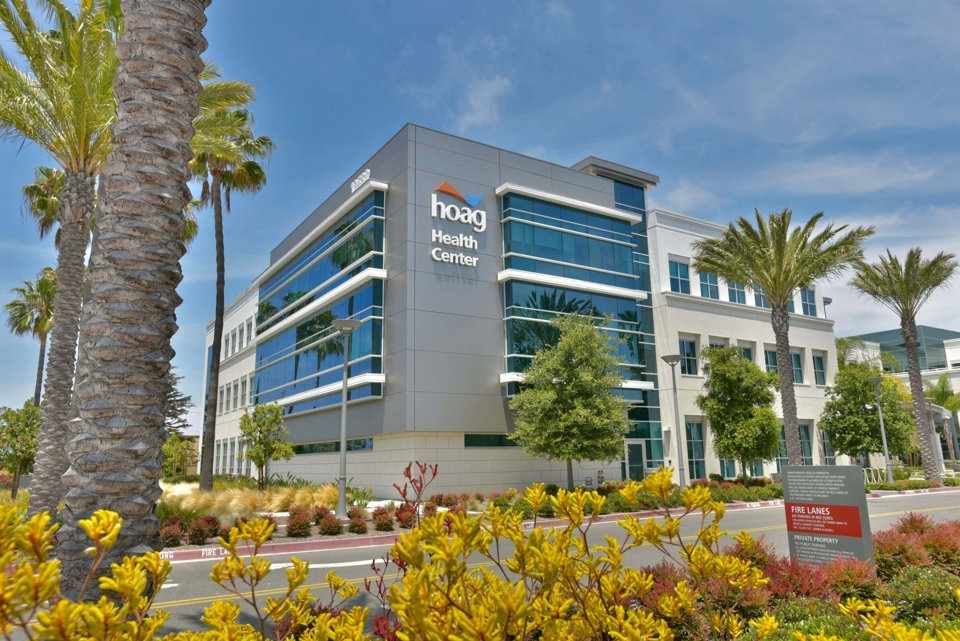 Newport Orthopedic Institute - Huntington Beach Orthopedics Physician Offices 19582 Beach Boulevard, Suite 306
Newport Orthopedic Institute - Huntington Beach Orthopedics Physician Offices 19582 Beach Boulevard, Suite 306
Huntington Beach, CA 92648View Location -
 Newport Orthopedic Institute - Irvine Orthopedics Physician Offices 16300 Sand Canyon Ave, Suite 400
Newport Orthopedic Institute - Irvine Orthopedics Physician Offices 16300 Sand Canyon Ave, Suite 400
Irvine, CA 92618View Location -
 Newport Orthopedic Institute - Newport Beach Orthopedics Physician Offices 22 Corporate Plaza Drive
Newport Orthopedic Institute - Newport Beach Orthopedics Physician Offices 22 Corporate Plaza Drive
Newport Beach, CA 92660View Location
Stories about our Palmar Fasciectomy Services
-
- Hand & Wrist
Carpal Tunnel Release
Provider: Tze C Ip MD“Dr Ip is focused, no-nonsense and conveys his expertise in a positive way. I feel comforted and confident with his advice.” -
- Hand & Wrist
Carpal Tunnel Release
Provider: Shaunak S Desai MD“My visits with Dr. Desai and his staff were enjoyable. I did not feel apprehensive or concerned. I knew I was getting the best of care and follow-up. I am very excited with the outcome and I'm getting better every day. Thank you” -
- Hand & Wrist
Distal Radius ORIF
Provider: Shaunak S Desai MD“It was a good experience. I thought the pre-op was very good and I felt like I was in good hands even though I was nervous. I liked that the anesthesiologist called me the night before and Dr. Desai was very accessible for questions.” -
- Hand & Wrist
Distal Radius ORIF
Provider: Shaunak S Desai MD“I appreciate the daily check in and the emails back-and-forth. Breaking my wrist in four places has been one of the most painful experiences in my life. It was good to have such great care team.” -
- Hand & Wrist
Carpal Tunnel Release
Provider: Shaunak S Desai MD“Dr. Desai was fantastic. He was very knowledgable and communicated very well. Also he did a great job with my surgery.” -
- Hand & Wrist
Wrist Procedure
Provider: Tze C Ip MD“Dr. Ip was attentiveness to all questions and concerns. In every visit, Dr. Ip walks into the office with an upbeat attitude.”
Related Videos
-
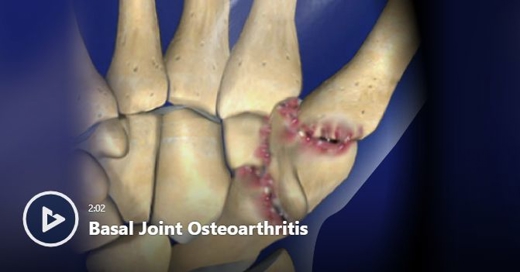 Basal Joint OsteoarthritisWatch Video
Basal Joint OsteoarthritisWatch Video -
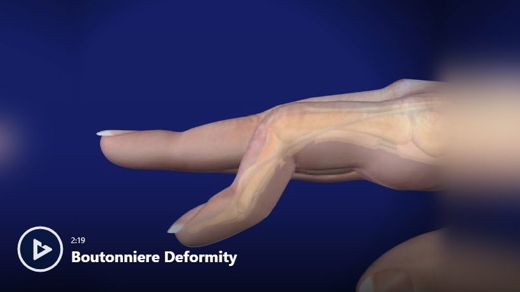 Boutonniere DeformityWatch Video
Boutonniere DeformityWatch Video -
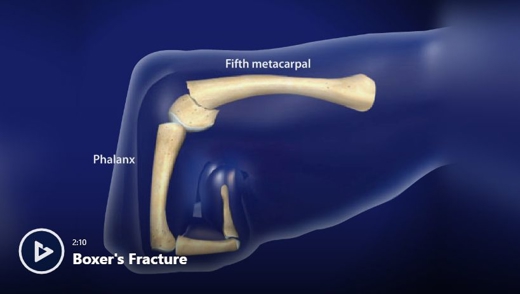 Boxer's FractureWatch Video
Boxer's FractureWatch Video -
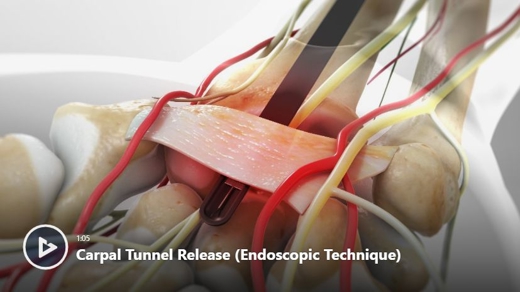 Carpal Tunnel Release (Endoscopic Technique)Watch Video
Carpal Tunnel Release (Endoscopic Technique)Watch Video -
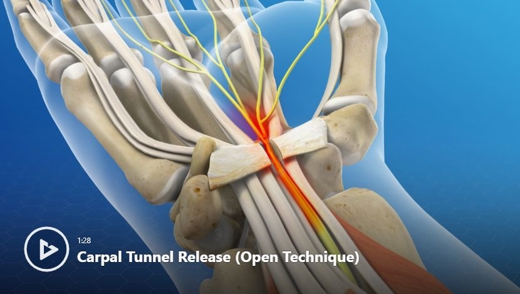 Carpal Tunnel Release (Open Technique)Watch Video
Carpal Tunnel Release (Open Technique)Watch Video -
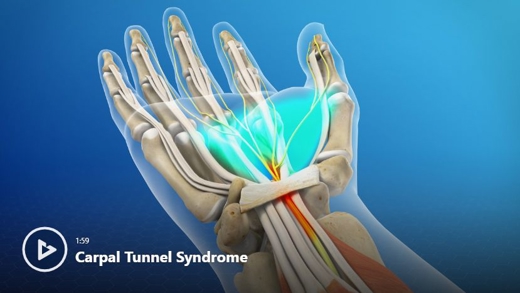 Carpal Tunnel SyndromeWatch Video
Carpal Tunnel SyndromeWatch Video -
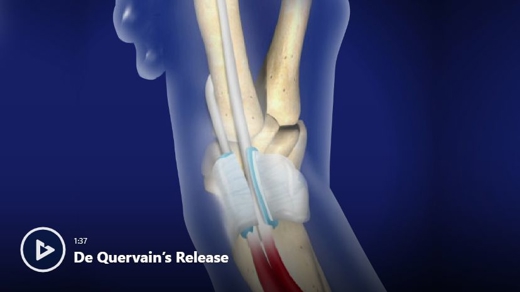 De Quervain's™ ReleaseWatch Video
De Quervain's™ ReleaseWatch Video -
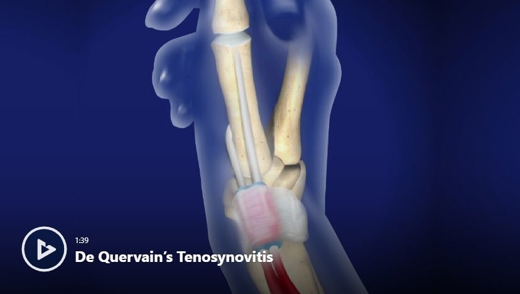 De Quervain's™ TenosynovitisWatch Video
De Quervain's™ TenosynovitisWatch Video -
 Digital Mucous CystsWatch Video
Digital Mucous CystsWatch Video -
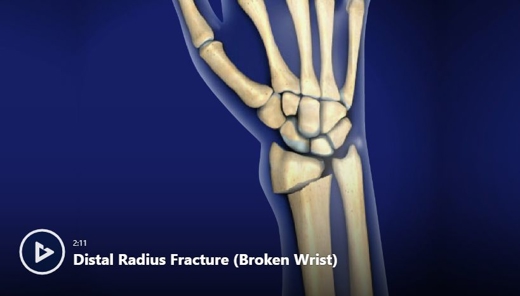 Distal Radius Fracture (Broken Wrist)Watch Video
Distal Radius Fracture (Broken Wrist)Watch Video
Blogs about Palmar Fasciectomy
-
 2 Major Signs Of Carpal Tunnel Syndrome You Shouldn't Ignore
2 Major Signs Of Carpal Tunnel Syndrome You Shouldn't IgnoreYou’ve probably heard the words “carpal tunnel syndrome” thrown around before, and maybe you have a vague idea of what the health condition entails. ...
Read More -
 Striking Out With Baseball Finger
Striking Out With Baseball FingerNothing heralds the arrival of Summer more than baseball season. America’s favorite pastime is not only a popular spectator sport. More than 40 ...
Read More -
 Could It Be Carpal Tunnel Syndrome?
Could It Be Carpal Tunnel Syndrome?Carpal tunnel syndrome refers to an inflammation of the median nerve at the wrist. There is a structure in the wrist called the carpal tunnel, through ...
Read More -
 Hand Trauma: Can This Finger Be Saved?
Hand Trauma: Can This Finger Be Saved?No one likes to think about the possibility of losing a finger. But all too often, I am called to a local emergency room to help save or re-attach a ...
Read More -
 What's New In Osteoarthritis Treatment?
What's New In Osteoarthritis Treatment?By James T. Caillouette, MD Osteoarthritis (OA) is a progressive disease that is sometimes referred to as “wear and tear” arthritis. It is the most ...
Read More


